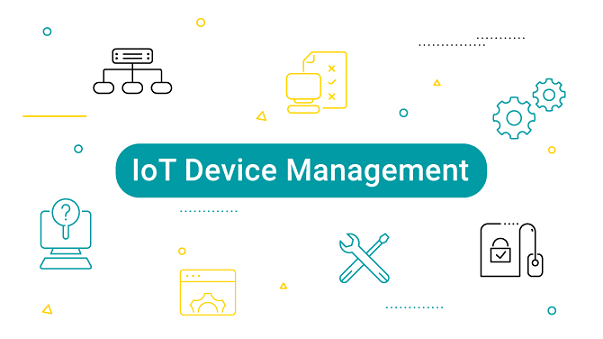Effectiveness of IoT Device Management
The development of the Internet of Things has dramatically changed our perception of devices, providing a seamless connection and automation functions across different areas. To guarantee the sustainable operation, security and scalability of deployed devices, it is crucial to ensure the effectiveness of IoT device management.

In the context of this article, we investigate several aspects of IoT device management, including remote access, monitoring and updates. Overall, it could be stated that one of the first steps to analyse the effectiveness of this process is to evaluate the level of remote access, which is the feature allowing people to control IoT devices from any location. The key advantages of monitoring Raspberry Pi and IoT devices remotely are convenience, efficiency and scalability. These points are elaborated in detail as follows:
- Convenience - administrators can monitor devices from anywhere without the need for on-site visits.
- Efficiency - issues can be tracked and changes in configurations can be made at any time.
- Scalability - with the increase in the number of IoT devices, monitoring them remotely keeps the process efficient.
Remotely Monitoring IoT device
The key advantages of monitoring Raspberry Pi and IoT devices remotely are to get real time data, get regular alerts and notifications and ability to do advance analytics. These advantages are explained below:
- Data collection in real time - it should be continuous, allowing to see any behavioural patterns of concern as well as track the performance of the devices.
- Alerts and notifications - they should be triggered when a threshold is crossed or when a change occurs. Receiving the alert, administrators should troubleshoot it remotely.
- Analytics - advanced analytics can have a predictive value by providing an explanation to the causes of various performance indicators.
Remotely Updating IoT device
Updating the "Internet of Things" (IoT) is very important. The longer and numerous the devices run, the more relevant it becomes. This article is going to lean on how IoT objects can be updated remotely, including some best practices as well. When Internet of Things object's software and firmware are updated in time, there are numerous benefits that accrue to those responsible. Updates can be done remotely and here are some benefits associated with them.
- Security: devices have vulnerabilities that threat actors always exploit. Once discovered, the manufacturers of these devices always rectify the weaknesses and update the objects. Failure to update the objects can be disastrous for the users as vulnerabilities can be exploited.
- Functionality: updates are meant to introduce new features to the device. New features always make the device more versatile.
- Cost-effectiveness: with remote updates, the professionals do not have to go to the site. This is very cost effective as well eliminates the time consumption.
IoT monitoring and data analysis
- Automate updates and maintenance: Automate the updating process of the devices; otherwise, the number of devices may become difficult to manage. It is essential that each device runs on the latest version of the operating system.
- Scalability planning: Plan for scalability since there will be more devices when the technology develops further. Furthermore, automation and updates also depend on effective scalability management.
- User training and awareness: Educate users and administrators about the best practices and security measures.
Conclusion:
IoT device management is a crucial component of leveraging the IoT technology. Remote access, monitoring and updates preserve all the necessary privacy and security measures while providing great functionality, efficiency, and user satisfaction. With the help of proper planning and the best tools, managing Internet of Things devices is a simple matter that helps organisations enhance their practices and drives innovation.
